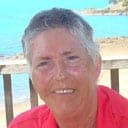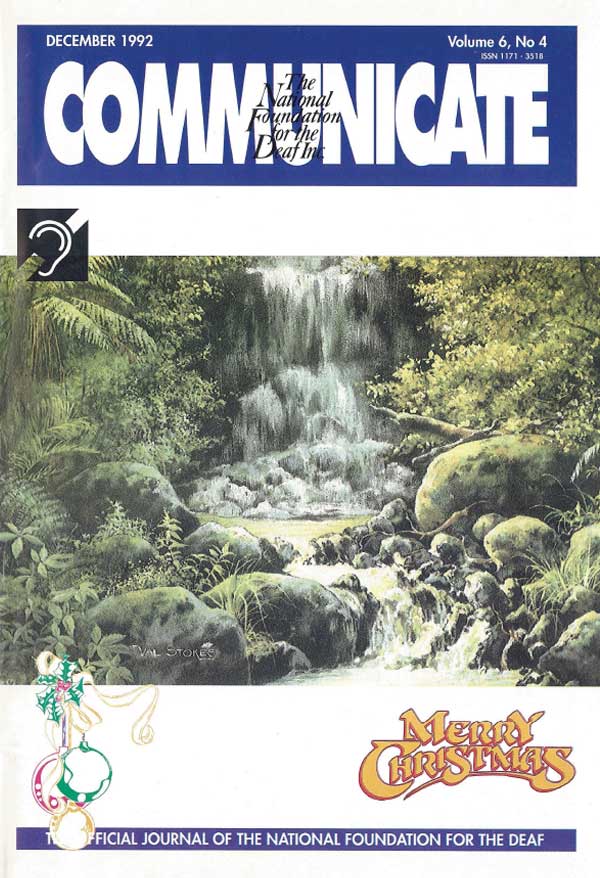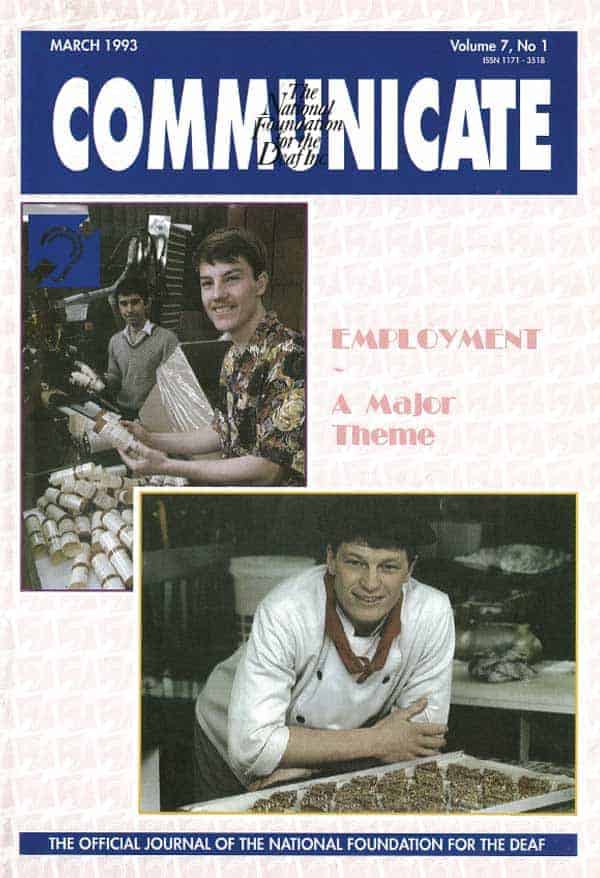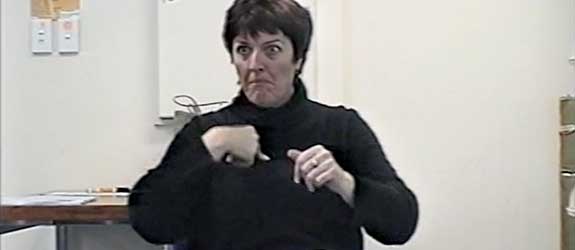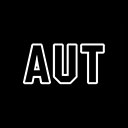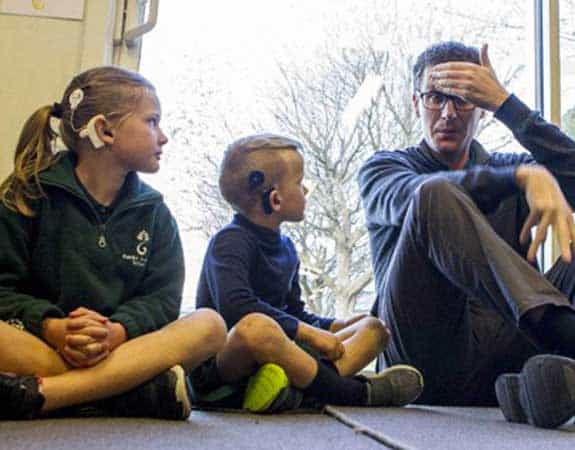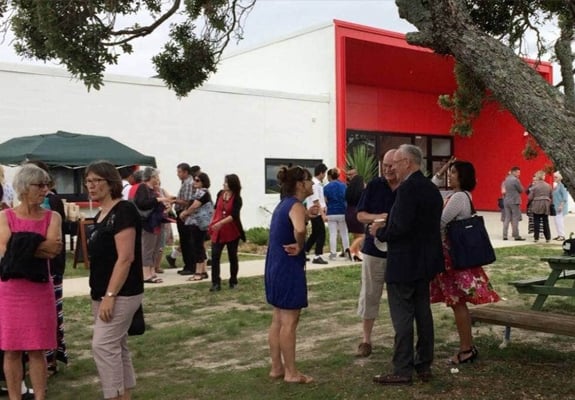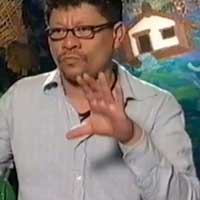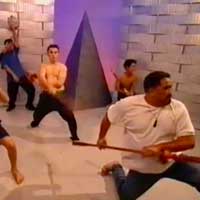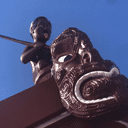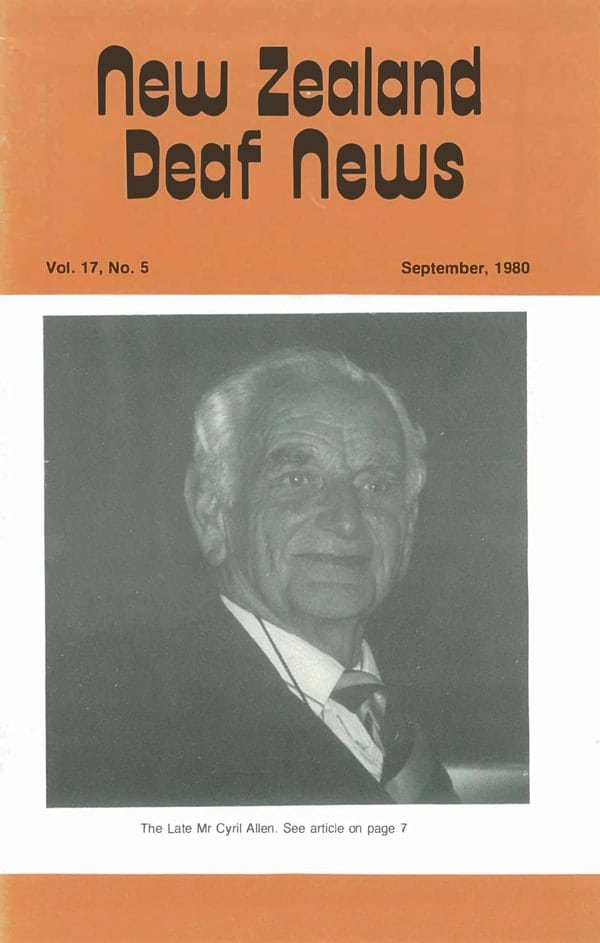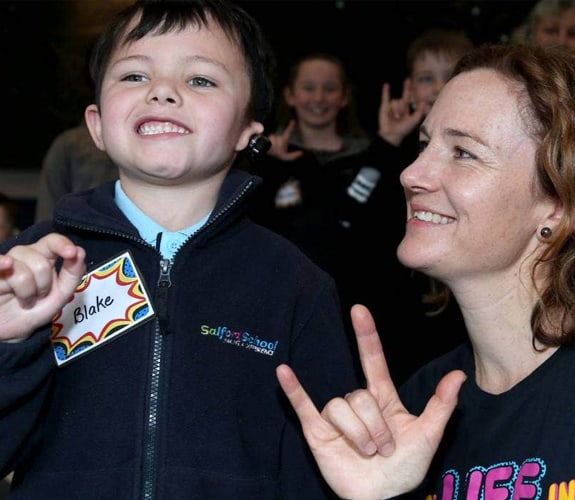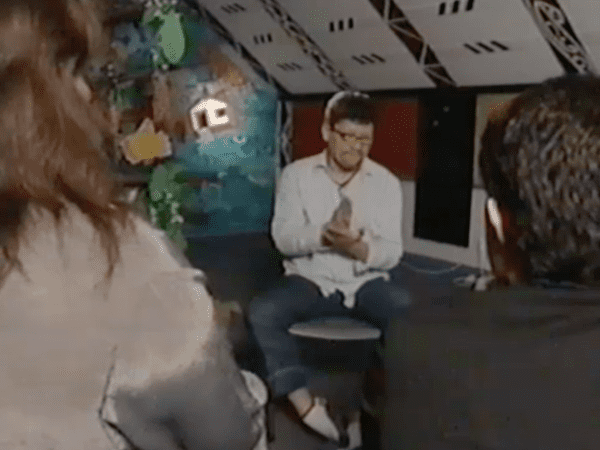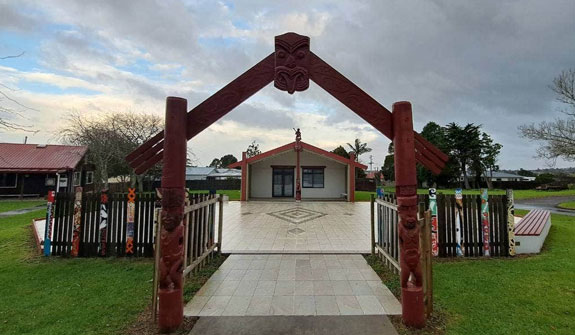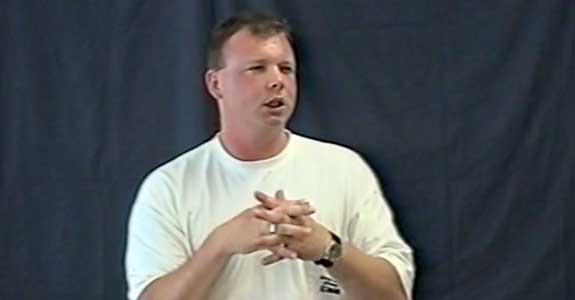Kelston Deaf Education Centre (now Ko Taku Reo; previously Kelston School for the Deaf). Kelston was established on a site in Archibald Road in 1958. The school had relocated firstly from Titirangi, then from Mt Wellington. KDEC used to provide education in a range of satellite classes throughout Auckland the upper North Island. Kelston, which also hosts Rūaumoko Marae, merged with van Asch Deaf Education Centre to become Ko Taku Reo in 2020.
- Deaf Education
A New Era in Deaf Education

Kelston saw the celebration of many events that brought together the school community including the infamous ‘Te Pakanga o Whau’ (The Battle of Whau) in 1959 where 86 deaf students acted in a play featuring a Maori-Paheka battle on the sports fields.

1959, The Battle of Whau.
Deaf education in Auckland began during World War Two as it was perceived to be too dangerous to send children to Sumner School for the Deaf at that time as it would involve travel across the Cook Strait, so all North Island Deaf children were sent to a new Deaf school in Titirangi, Auckland. When this was taken over by the army, the school temporarily relocated to a site in Mt Wellington. Kelston School for the Deaf (Kelston) was established on a site in Archibald Road in 1958.
Deaf units connected to Kelston were established in the 1960s, which saw more Deaf children being placed, or “mainstreamed” in regular schools.
In the 1960s, the school’s efforts were focused on the speech training of Deaf children. The use of Total Communication and Australasian signs was introduced in 1975 and this caused some division amongst the teachers. After lobbying by parents, teachers and the community, the Total Communication philosophy was given official recognition by the Department of Education in 1977-78.
NZSL for learning

1995, Cheryl Anton with children (Source: Kelston Deaf Education Centre).

1995, Kelston’s museum (Source: Kelston Deaf Education Centre).
By 1995, NZSL was given a place in education. This saw the development of the first bilingual class, the Deaf Studies programme, the employment of Deaf Language Assistants as language models for deaf students and communication skills workshops to staff and families. NZSL Educational Interpreters were used for the first time in the classroom in 2000. The NZSL Curriculum was established in 2006 so that all schools could provide opportunities for students to study NZSL. It was not until 2014 that the Ministry of Education agreed to fund the development of NCEA Achievement Standards so students could gain a formal qualification in NZSL.
Kelston is home to Rūaumoko Marae, the only Deaf marae of its kind in the world which opened in 1992. In 1995, the Museum of Deaf Education opened in the old hostel block.
New Developments

Staff members: The 1995 Deaf Festival was the first deaf cultural festival to take place in New Zealand.
There was a name change to Kelston Deaf Education Centre in 1991 to reflect the wide range of services. Kelston provided a range of services to deaf pupils and their families, whanau and staff in schools throughout the Upper North Island, north from Turangi and Opotiki. Resource Teachers of the Deaf worked with deaf students in over 400 schools across the Upper North Island. All staff were committed to deaf learners having full access to NZSL and/or English in order to improve their language and communication skills.
In 2014, major building work began to completely rebuild the main site at Archibald Road to bring it into the 21st century. The Administration, Residential and Resource services along with the Pre-school and the Ruāmoko Marae will be on site, with enrolled students located at partner schools in the Auckland region and beyond.
Kelston Deaf Education Centre merged with van Asch Deaf Education Centre in 2020 to become Ko Taku Reo.
Reference: Hamilton, S., (2012) ‘The Chronicles of Titirangi, Mt Wellington & Kelston Schools for the Deaf,’ Kelston Deaf Education Centre.

